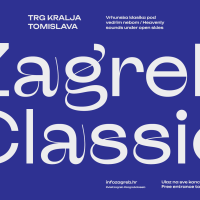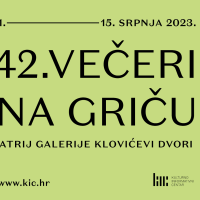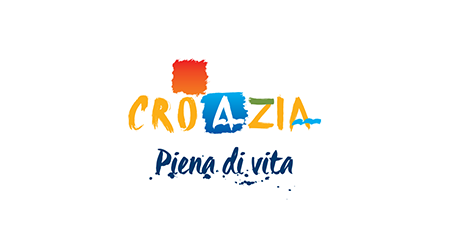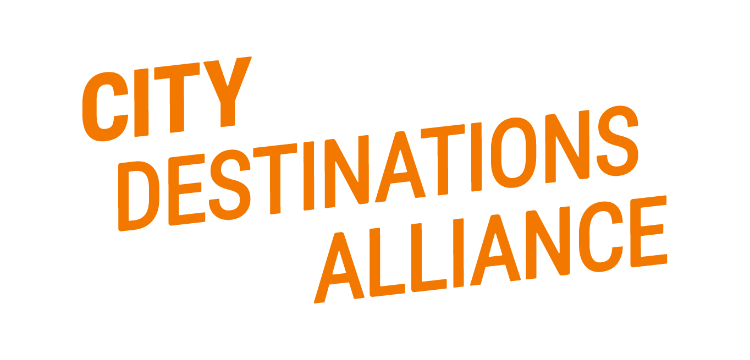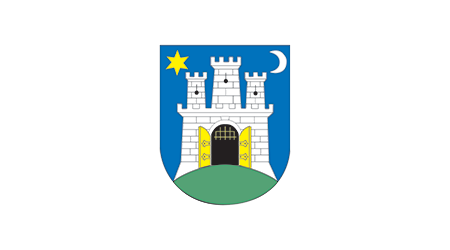A New Permanent Exhibit for the Blind
Since the end of January, Zagreb’s Typhology Museum has become richer with a modernly equipped permanent exhibit. Using an interesting interactive approach, it provides, amongst other information, an insight into the everyday living of the blind and visually impaired.

To mark the 55th anniversary of its existence, the Typhology Museum in Zagreb’s Draškovićeva Street has a new permanent exhibit which shows the beginnings and development of the idea about respecting human differences and speaks about the visually impaired. Thus, the museum’s holdings have been expanded and currently, Zagreb’s museum is one of the rare institutions in Europe that holds and has on display so much material related to the blind and visually impaired.
Until January, the museum displayed three permanent exhibits. The last one was removed in 1991 in order to protect the museum’s holdings from possible war destruction and was never put on display after that. During the following 17 years, only temporary exhibitions took place on the museum’s premises. That is why the new display, which took a 6.5 million Kuna investment by the Ministry of Culture of the Republic of Croatia, will bring joy to all those who will be able to take pleasure from it every day.
The new exhibit features explanatory keys in Braille letters for the blind and others in large print for the visually impaired, tactile guidance strips on the floor and tactile maps and drawings.
The new display is fully adapted not only to the needs of the blind and visually impaired, but also to the needs of the more severely disabled. The films which are shown in Croatian are also subtitled in the same language for the benefit of those hard of hearing.
The display is modern and completely interactive, enabling the visitors to explore, for example, the Dark Room, a stimulator of sorts where they can experience how it feels to be blind. Moreover, there is an opportunity to learn how to read and write in Braille, how to read large print, search accounts, how to experience sculptures in a tactile way and similar skills.
An integral part of the exhibit is a short feature film – a reconstruction of the life and work in the State Institute for Blind Children as it was at the end of the 19th century, featuring young blind actors, students of the Vinko Bek Education Center and three more documentaries on blind Croatian sculptors.
Published: 02.03.2008
 Hrvatski
Hrvatski English
English Deutsch
Deutsch Spanish
Spanish French
French Italian
Italian Russian
Russian Korean
Korean Japanese
Japanese Chinese
Chinese To mark the 55th anniversary of its existence, the Typhology Museum in Zagreb’s Draškovićeva Street has a new permanent exhibit which shows the beginnings and development of the idea about respecting human differences and speaks about the visually impaired. Thus, the museum’s holdings have been expanded and currently, Zagreb’s museum is one of the rare institutions in Europe that holds and has on display so much material related to the blind and visually impaired.
To mark the 55th anniversary of its existence, the Typhology Museum in Zagreb’s Draškovićeva Street has a new permanent exhibit which shows the beginnings and development of the idea about respecting human differences and speaks about the visually impaired. Thus, the museum’s holdings have been expanded and currently, Zagreb’s museum is one of the rare institutions in Europe that holds and has on display so much material related to the blind and visually impaired.